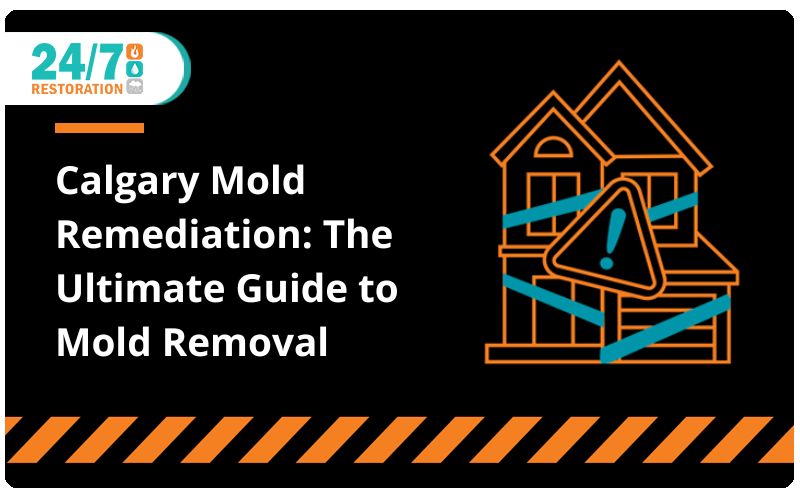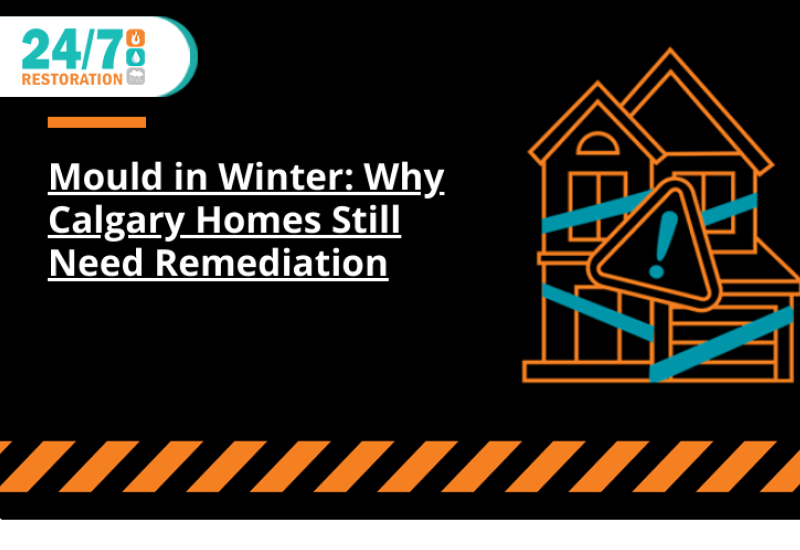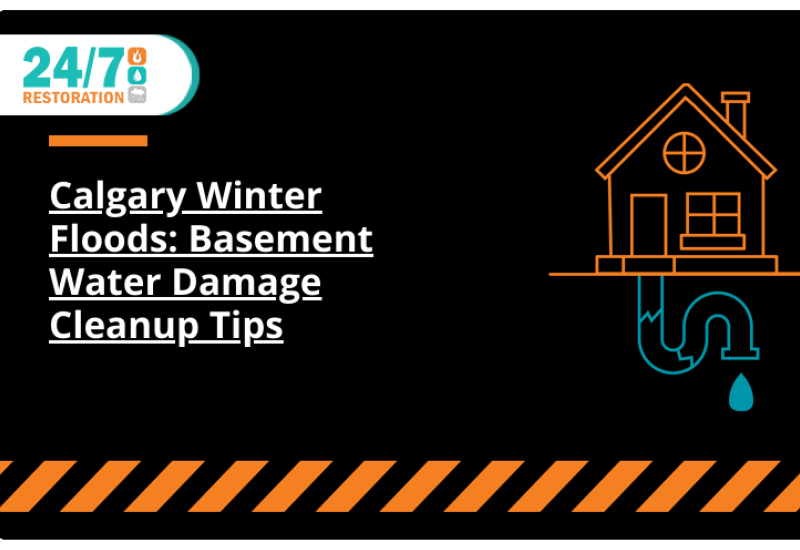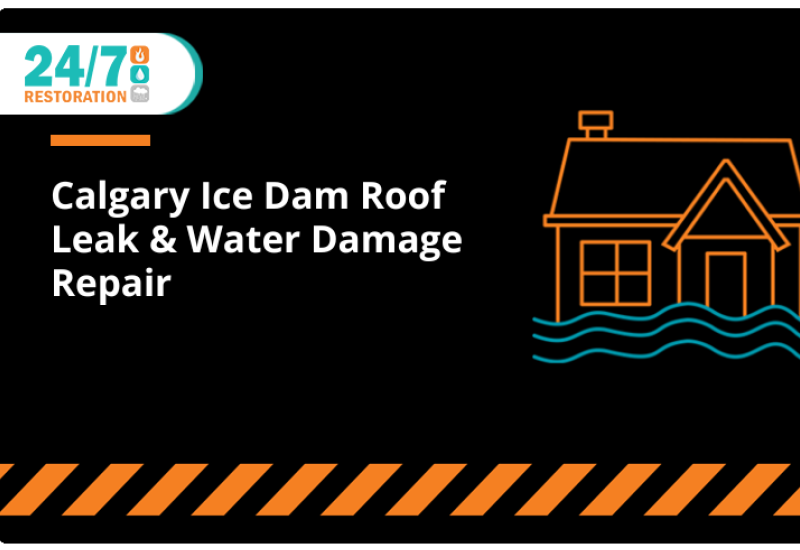Dealing with mold can be daunting, but with the right approach, you can ensure your home is safe and mold-free. Here's your ultimate guide to mold remediation, covering everything from identification to prevention.
1. Identification and Assessment
- Identify Mold: Mold can be sneaky, often hiding in damp, dark corners of your home. Be on the lookout for signs such as musty odors, visible mold growth, and areas of water damage. Mold thrives in places like basements, bathrooms, and kitchens where moisture is prevalent.
- Assess the Extent: Once you've identified potential mold growth, it's crucial to assess the extent of the contamination. This might involve using tools like moisture meters and infrared cameras or hiring professional mold testing services. A thorough inspection helps in planning an effective remediation strategy.
2. Containment and Removal
- Contain the Area: To prevent mold spores from spreading to other parts of your home, it's essential to contain the affected area. Use plastic sheeting and create negative air pressure to isolate the moldy zone. This step is critical in ensuring the mold doesn't spread and cause further damage.
- Remove Mold: Removing mold safely is key to effective remediation. Non-porous materials such as glass and metal can often be cleaned with mold removal solutions.
However, porous materials like drywall and carpet might need to be discarded. Always use appropriate personal protective equipment (PPE) including gloves, masks, and goggles to protect yourself during the process.
3. Prevention and Restoration
- Fix Water Issues: Mold growth is typically a symptom of underlying moisture problems. Address any sources of water, such as leaks, condensation, or flooding. Ensure that areas prone to dampness are well-ventilated and kept dry. Fixing these issues is essential in preventing future mold growth.
- Restore and Monitor: After removing the mold and fixing water issues, restore your home by replacing or repairing the removed materials. Thoroughly dry the area and implement measures to prevent future mold growth, such as using dehumidifiers and maintaining proper ventilation. Regular inspections can help you catch any new mold growth early and address it promptly.
By following these steps, you can tackle mold remediation effectively, ensuring a healthy and safe living environment for you and your family. Remember, the key to successful mold remediation lies in thorough identification, careful containment and removal, and vigilant prevention and maintenance. If you require further assistance, contact 24/7 Restoration for a free estimate!
FAQs
Q: How can I tell if mold is affecting my health?
A: Common symptoms include allergic reactions, respiratory issues, and skin irritation. If you experience these symptoms, consult a healthcare professional.
Q: What are the best products for cleaning mold?
A: Products containing bleach, vinegar, hydrogen peroxide, or commercial mold removers are effective. Ensure you follow the instructions carefully.
Q: How long does it typically take to complete mold remediation?
A: The duration varies based on the extent of the mold problem. Small jobs may take a few hours, while larger ones can take several days. Get a free estimate from 24/7 Restoration today!




